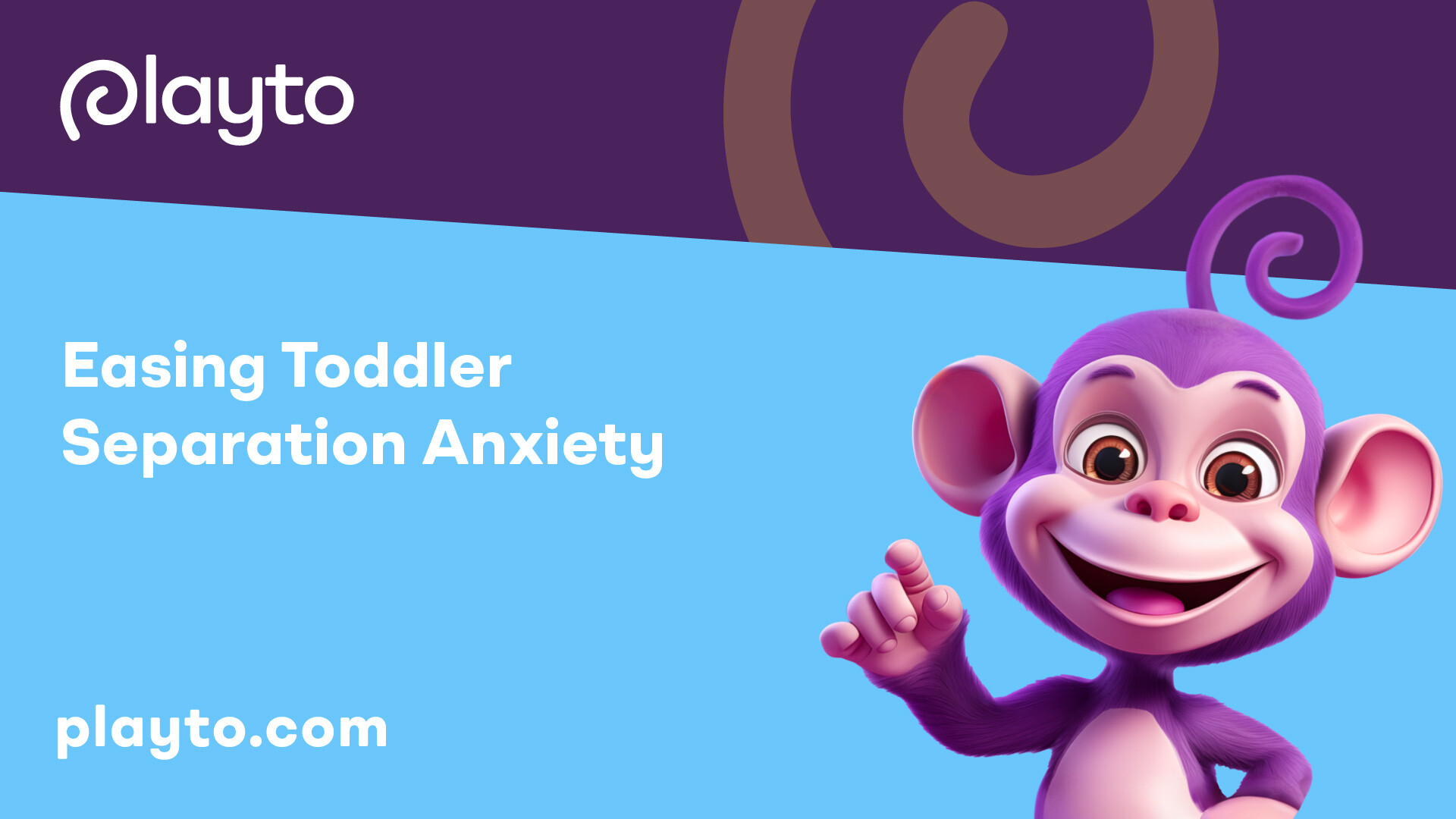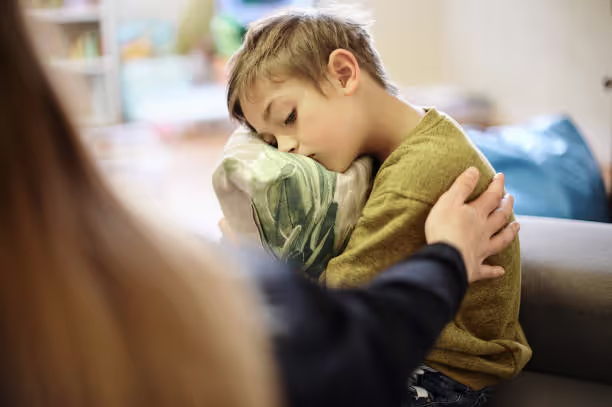
Understanding Separation Anxiety
Definition and Causes
Separation anxiety disorder (SAD) goes beyond the typical feelings of unease when separated from caregivers. It is a mental health condition where a child experiences heightened distress and worry when apart from family members or significant individuals. Symptoms of SAD are more severe compared to normal separation anxiety in young children.
Biological factors, such as inheriting a tendency towards anxiety or chemical imbalances in the brain, can contribute to the development of separation anxiety disorder. Additionally, environmental influences like observing anxious behaviors in family members or experiencing traumatic events can also play a role in triggering SAD.
Symptoms of Separation Anxiety
Recognizing the symptoms of separation anxiety disorder is crucial for early intervention and support. Symptoms may include:
Identifying these signs is essential for providing appropriate assistance and guidance to children experiencing separation anxiety disorder.
Developmental Aspects
When it comes to understanding separation anxiety in toddlers, it's essential to consider the developmental aspects, including the typical age range during which this anxiety manifests and how it evolves over time.
Typical Age Range
Separation anxiety is a common experience for young children and often emerges between the ages of 6 months to 3 years. Infants may start showing signs of separation anxiety around 9 months, while toddlers may exhibit challenges related to separation at 15 to 18 months. This anxiety is characterized by feelings of distress when the caregiver or parent is out of sight.
Peak Periods and Resolution
Separation anxiety typically peaks in infants and small children between 7-9 months old and around age two. During this peak period, children may display fear, distress, and behaviors like crying or clinging when separated from their primary caregiver or encountering unfamiliar individuals. It's crucial to recognize that this anxiety is a developmentally typical phase that signifies a healthy attachment to caregivers.
As children grow and develop, separation anxiety typically self-resolves by age 2 or 3. This resolution marks an important developmental milestone, indicating increased independence and emotional maturity in the child. Parents and caregivers play a vital role in supporting children through this phase by providing reassurance, implementing comforting routines, and promoting a sense of security and independence.
Understanding the typical age range and progression of separation anxiety in toddlers can help parents navigate this challenging but normal phase of child development with patience, understanding, and support. For more information on enhancing social skills development in toddlers and encouraging toddler independence in daycare, explore our related articles.
Managing Toddler Separation Anxiety
When it comes to easing toddler separation anxiety, implementing effective strategies can help both parents and toddlers navigate this challenging phase with greater ease. Three key approaches that have proven to be beneficial in managing toddler separation anxiety include establishing routines, incorporating good-bye rituals, and promoting independence.
Establishing Routines
Consistency and predictability play a significant role in helping toddlers feel secure and reassured in their daycare environment. By establishing daycare routines for toddlers, children can anticipate what comes next, reducing uncertainty and anxiety levels. Routines provide a sense of structure and stability, making transitions smoother for toddlers as they move through their day.
Good-Bye Rituals
Good-bye rituals are a valuable tool in easing toddler separation anxiety. Quick good-bye rituals, such as a special wave or hug, can signal to the child that it's time for the parent to leave but that they will return. Consistency in drop-off routines, giving full attention when separating, and keeping promises for return can help alleviate anxiety. A prolonged good-bye can actually prolong anxiety, so maintaining a swift and reassuring departure is essential.
Promoting Independence
Encouraging and fostering toddler independence in daycare can also aid in managing separation anxiety. Building trust and independence is key to helping toddlers feel confident in their ability to navigate new environments and situations. Practicing short separations in a supportive and controlled manner can help children develop resilience and coping skills for when longer separations occur.
By incorporating these strategies into daily routines and interactions, parents and caregivers can create a supportive environment that promotes emotional well-being and independence in toddlers experiencing separation anxiety. Remember, consistency, patience, and understanding are crucial in helping toddlers overcome this common developmental challenge.
Practical Strategies for Parents
Parents play a crucial role in easing toddler separation anxiety. By employing practical strategies, they can help their little ones navigate the emotions associated with separation more smoothly. Here are some effective approaches:
Preparation Before Departure
Preparation is key in helping toddlers cope with separation anxiety. Before the departure, parents can engage in activities that provide comfort and familiarity for the child. This can include discussing the upcoming separation with the toddler, creating a goodbye routine that offers reassurance, and ensuring that all necessary items are packed for the daycare setting. Establishing a predictable goodbye ritual can help the child feel secure and understand that separations are temporary.
Reassurance and Communication
Effective communication and reassurance play a significant role in alleviating toddler separation anxiety. Parents should offer words of comfort, validate their child's emotions, and express confidence in their ability to handle the separation. Reassuring the toddler that they are loved, safe, and that the separation is a normal part of the day can help reduce anxiety levels. Encouraging the child to express their feelings and actively listening to them can also promote a sense of security.
Seeking Professional Guidance
In some cases, toddler separation anxiety may persist despite parents' best efforts. Seeking guidance from a childcare provider, counselor, or child psychologist can offer additional support and guidance. These professionals can provide tailored strategies and techniques to address the specific needs of the child and help parents navigate the challenges of separation anxiety more effectively. Seeking professional help is a proactive step in ensuring the well-being and emotional development of the child.
By implementing these practical strategies, parents can create a supportive and nurturing environment that helps their toddlers manage separation anxiety more smoothly. Consistency, empathy, and open communication are key elements in fostering resilience and emotional well-being in young children. For more insights on social skills development in toddlers, explore our article on social skills development in toddlers.
